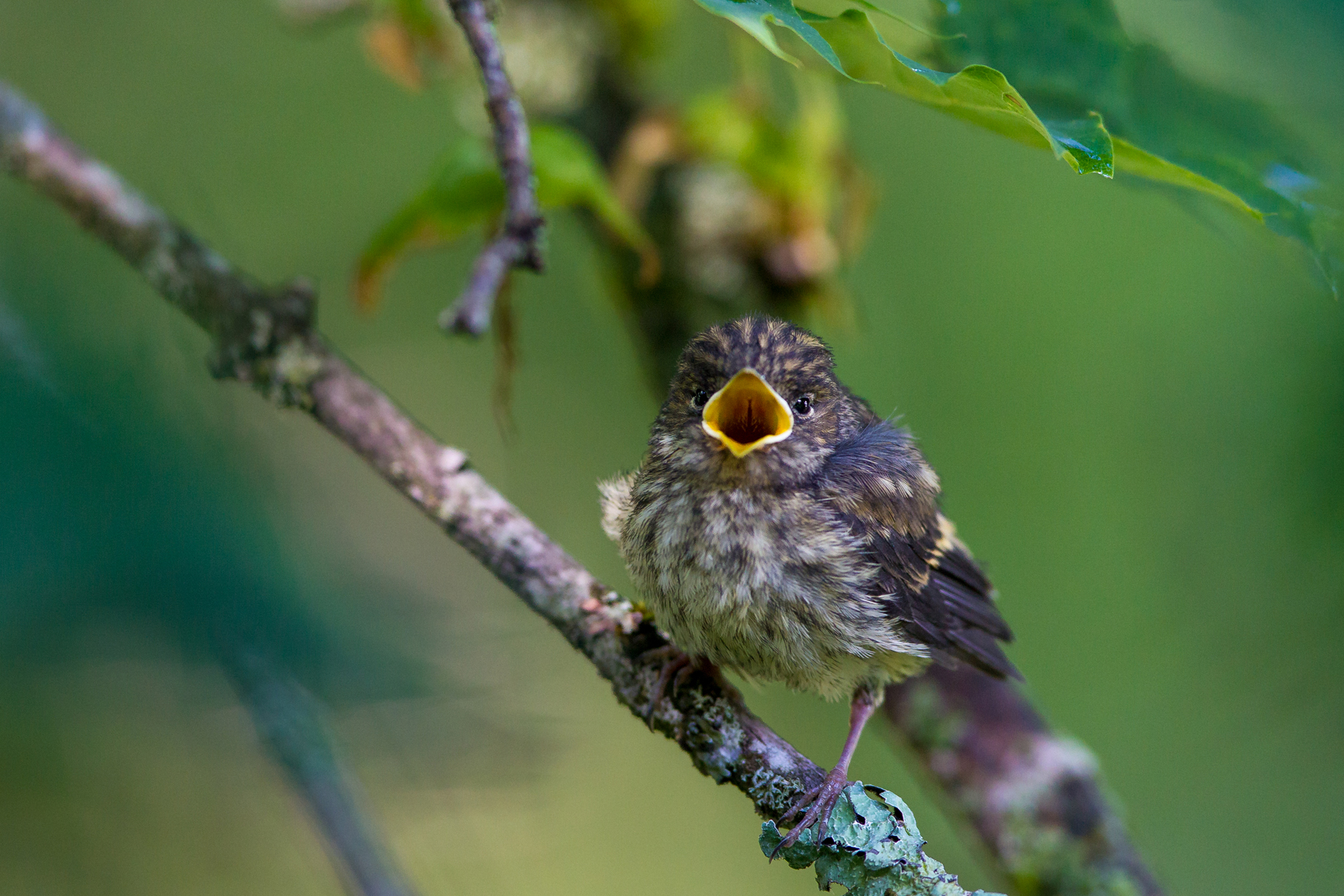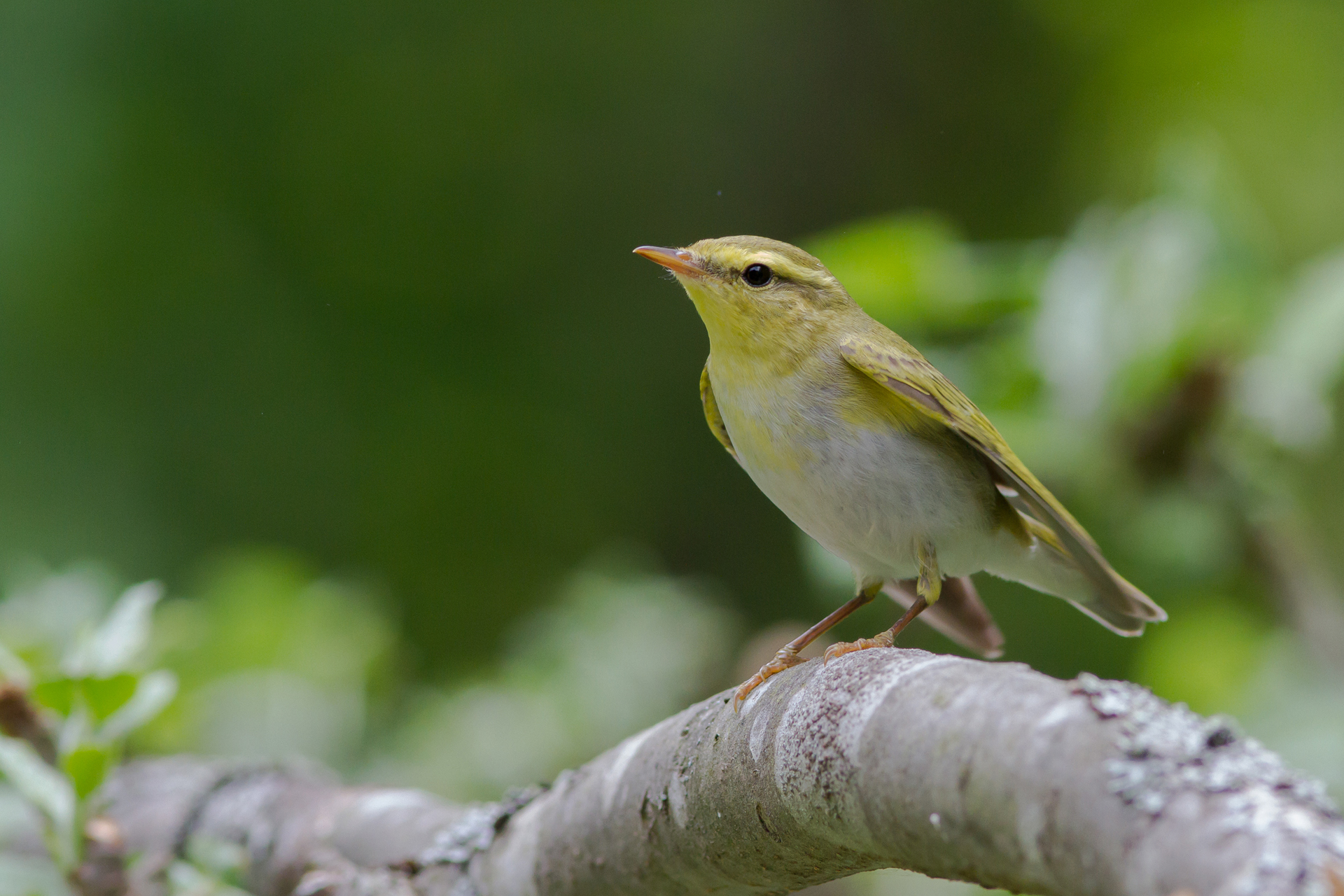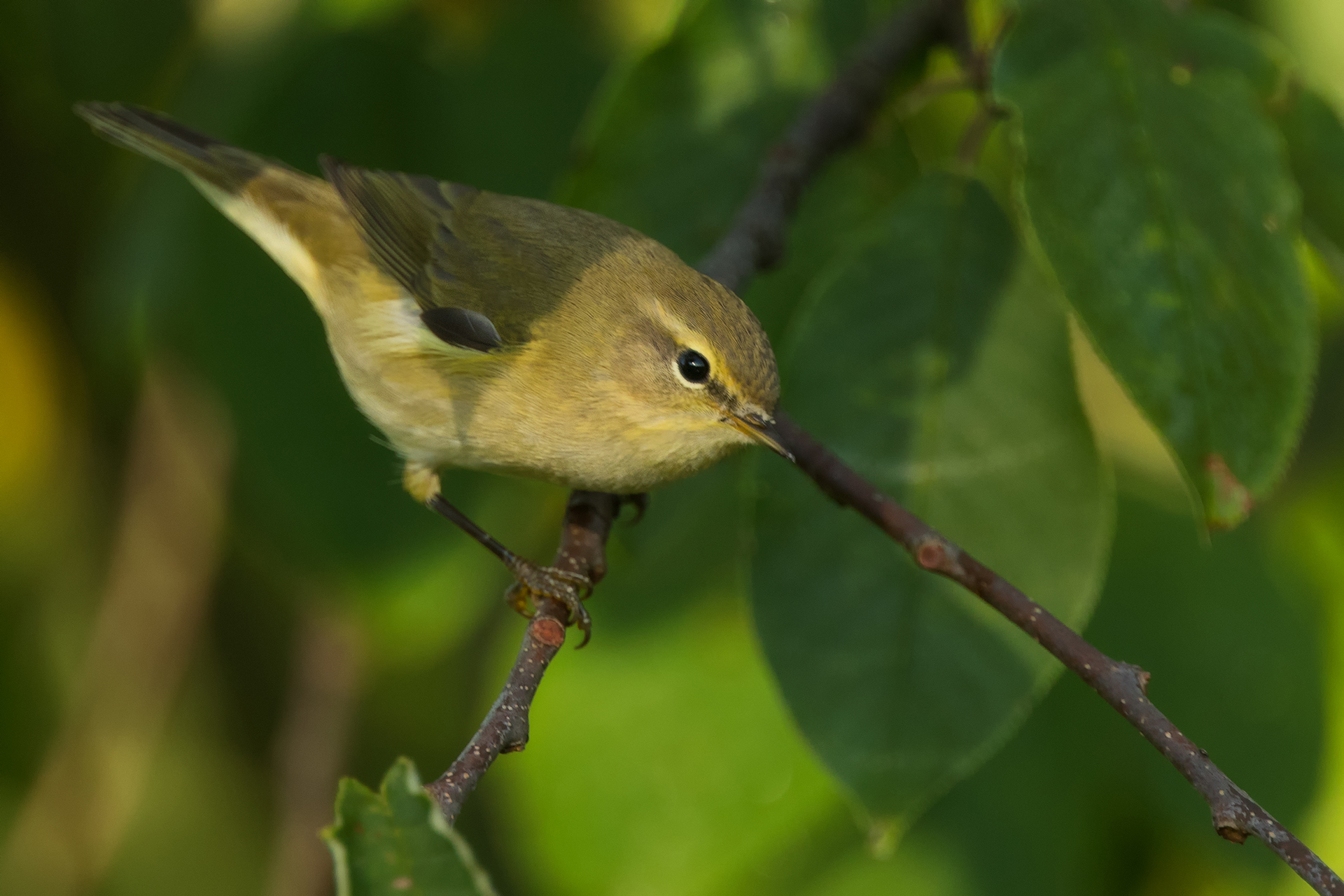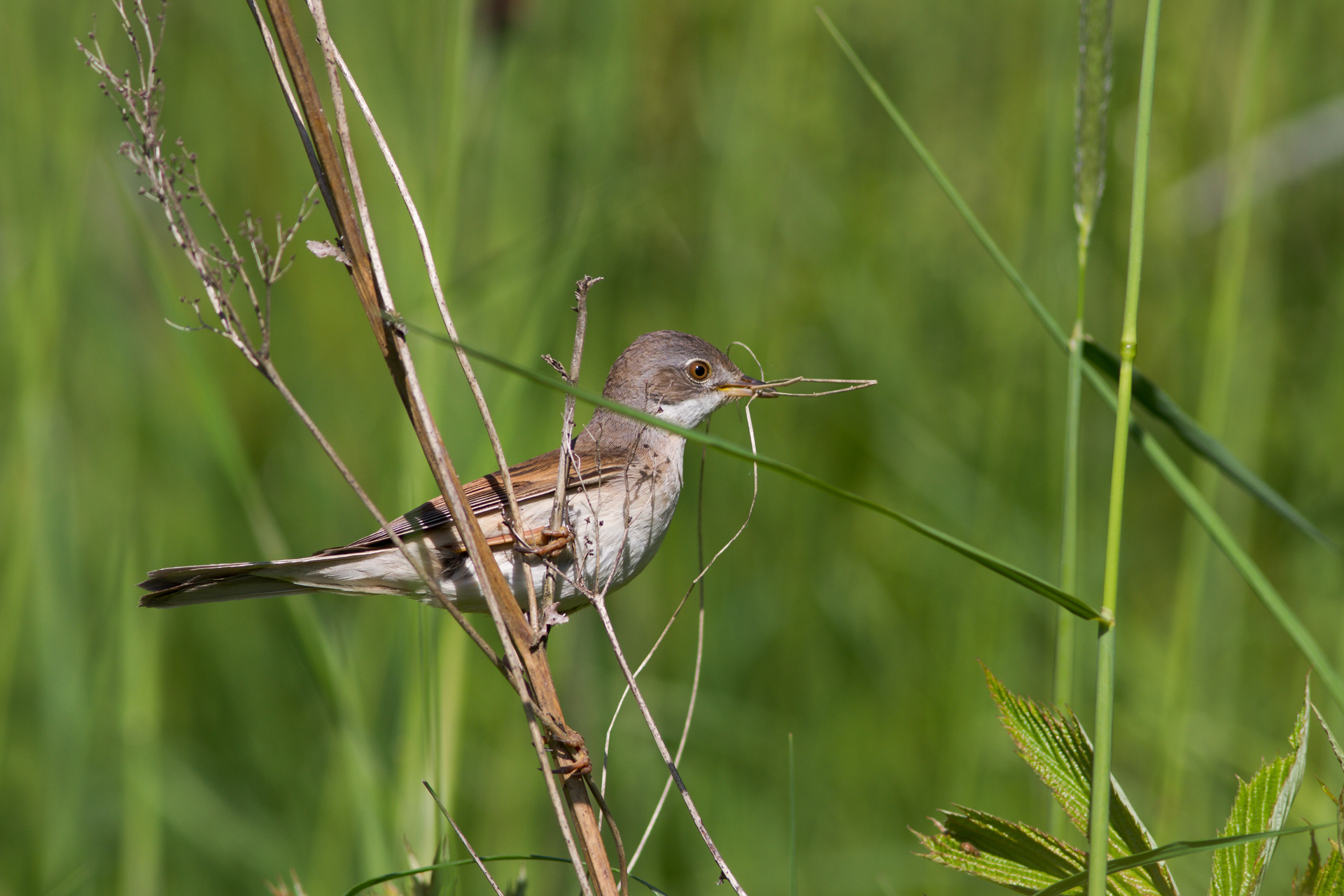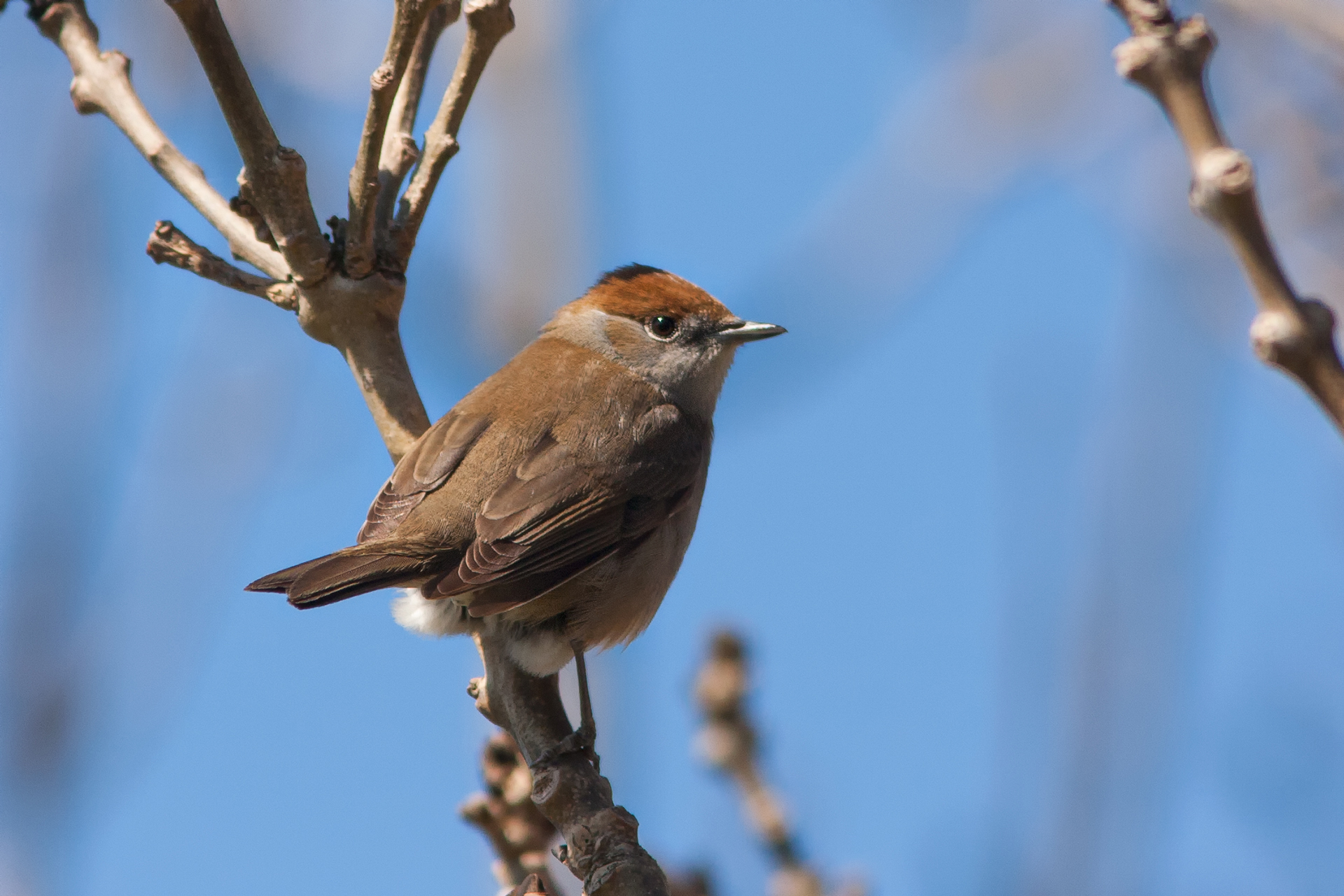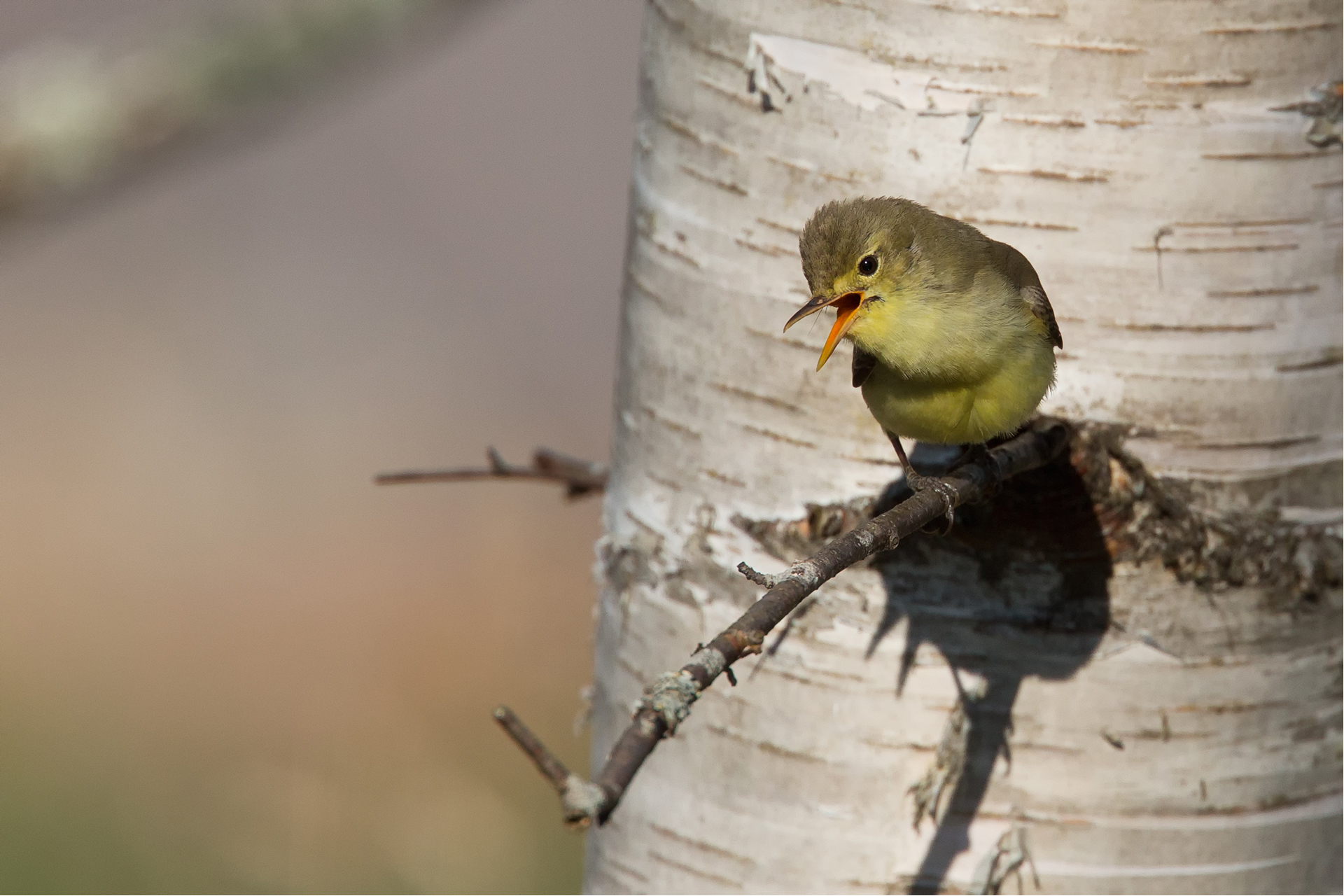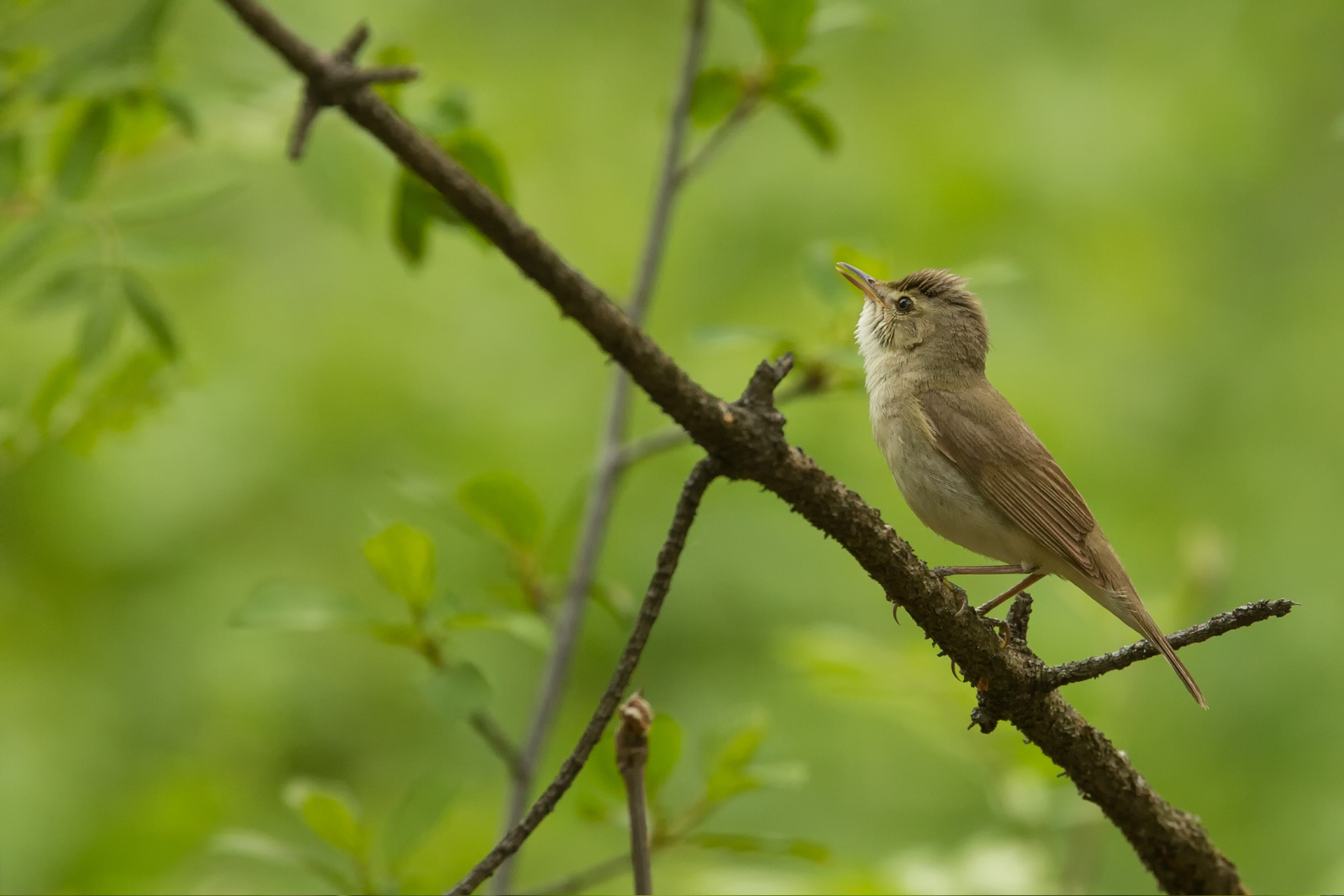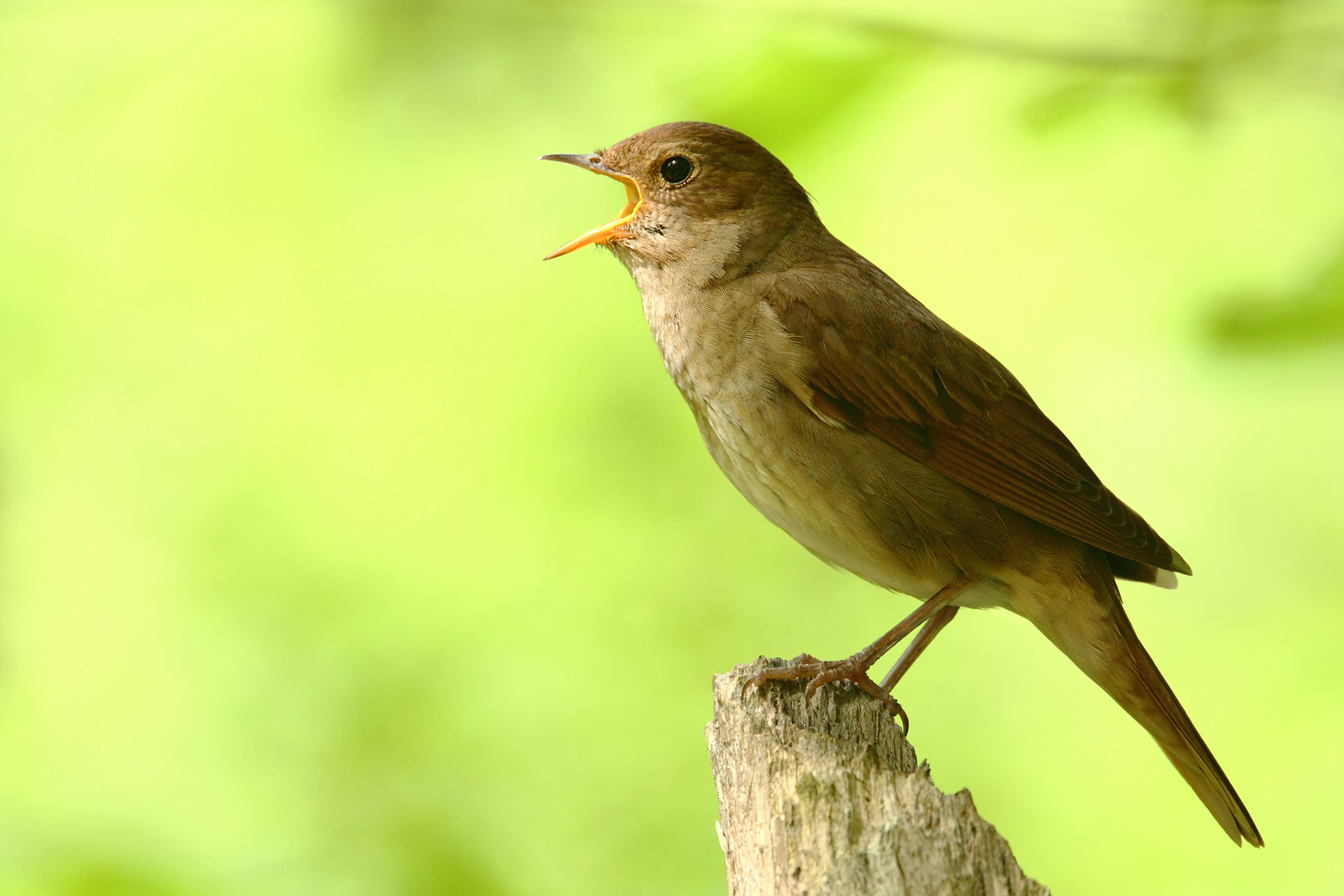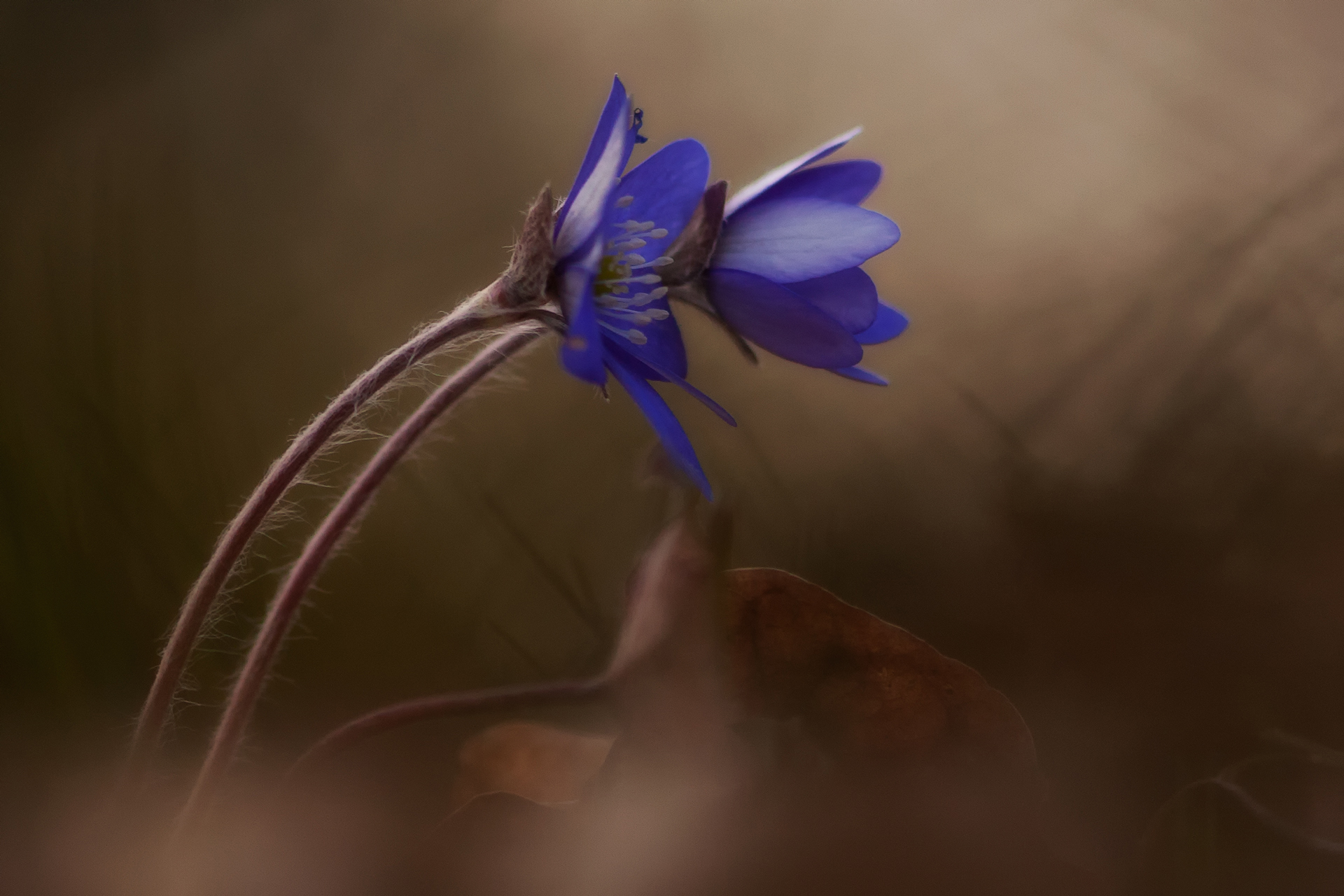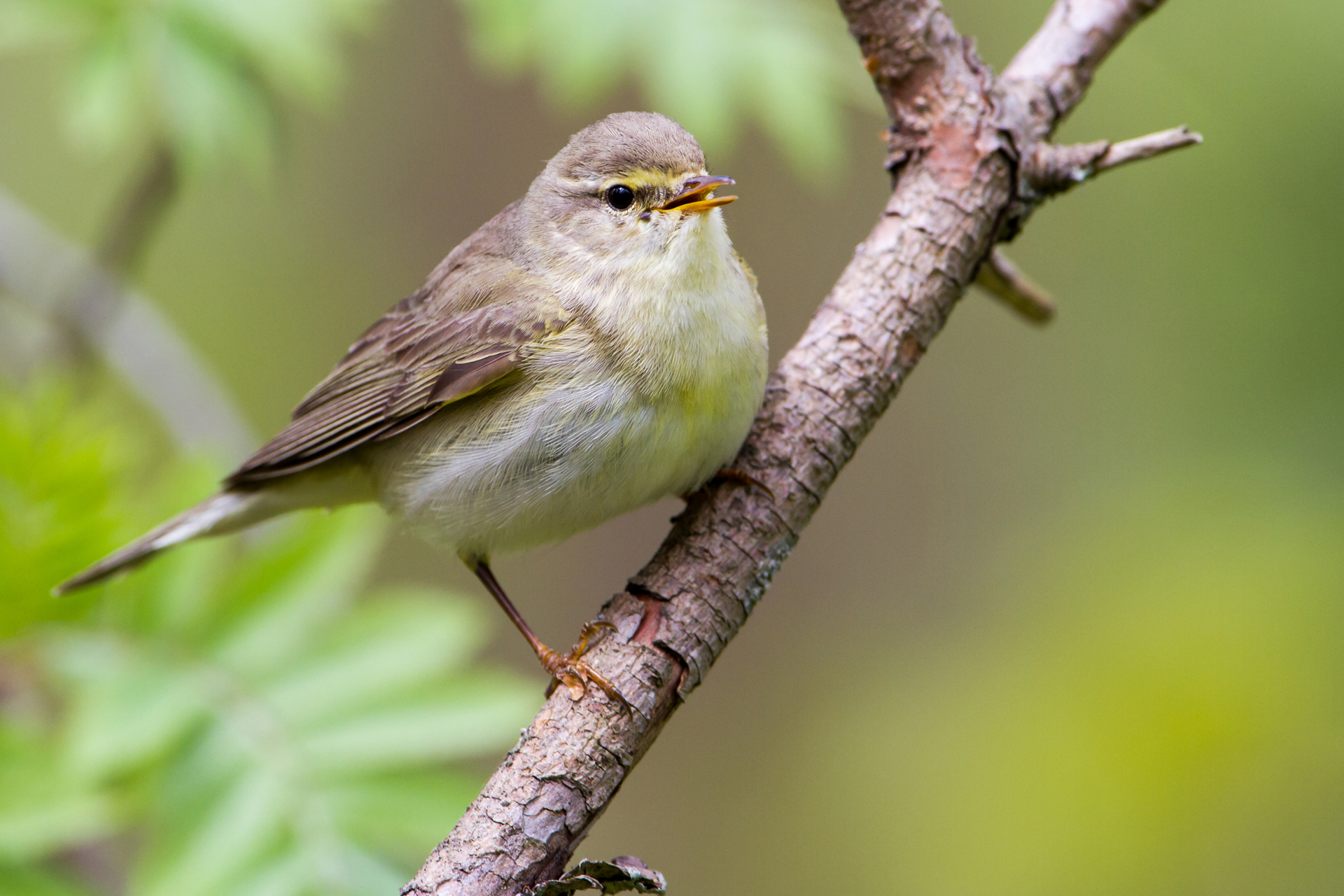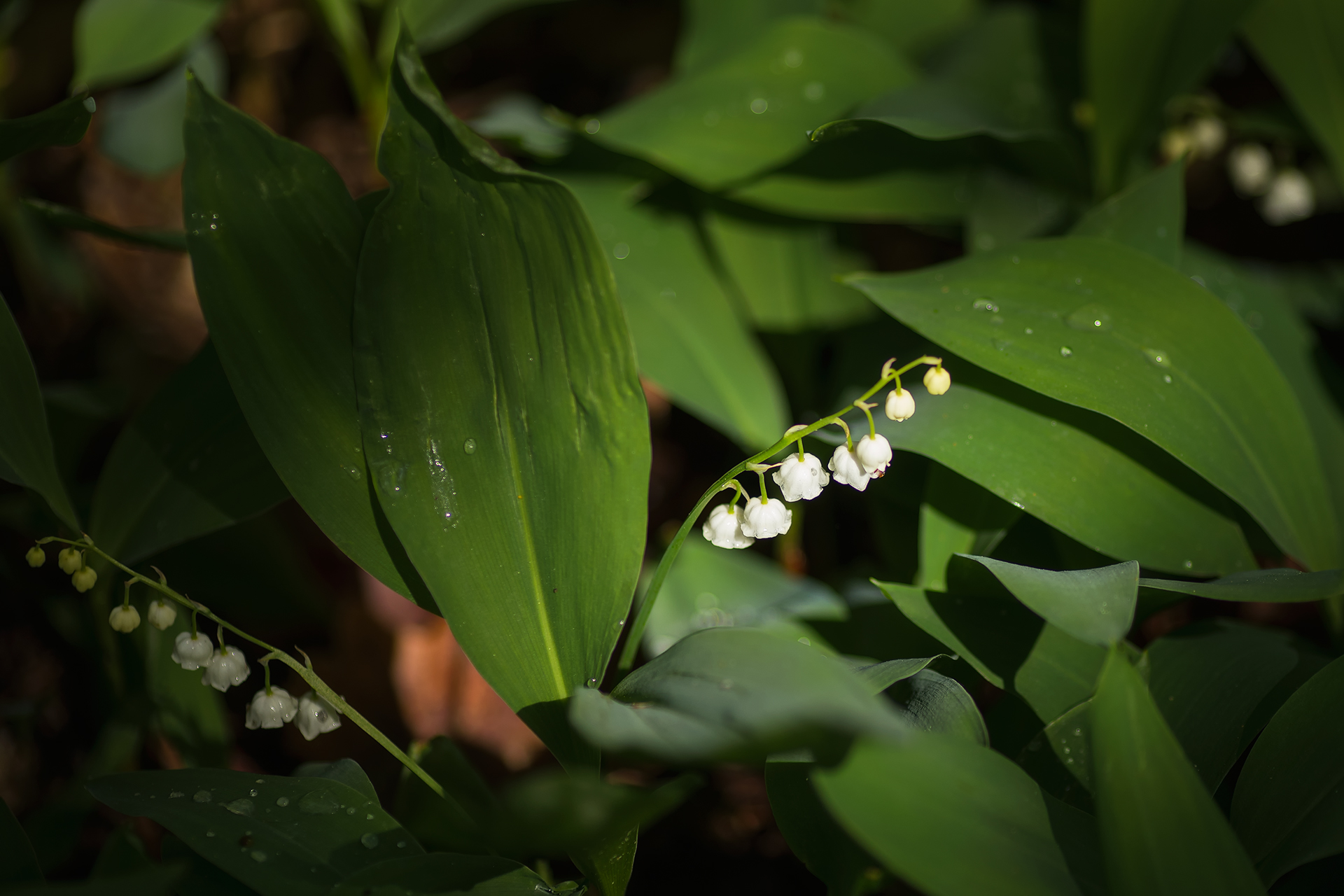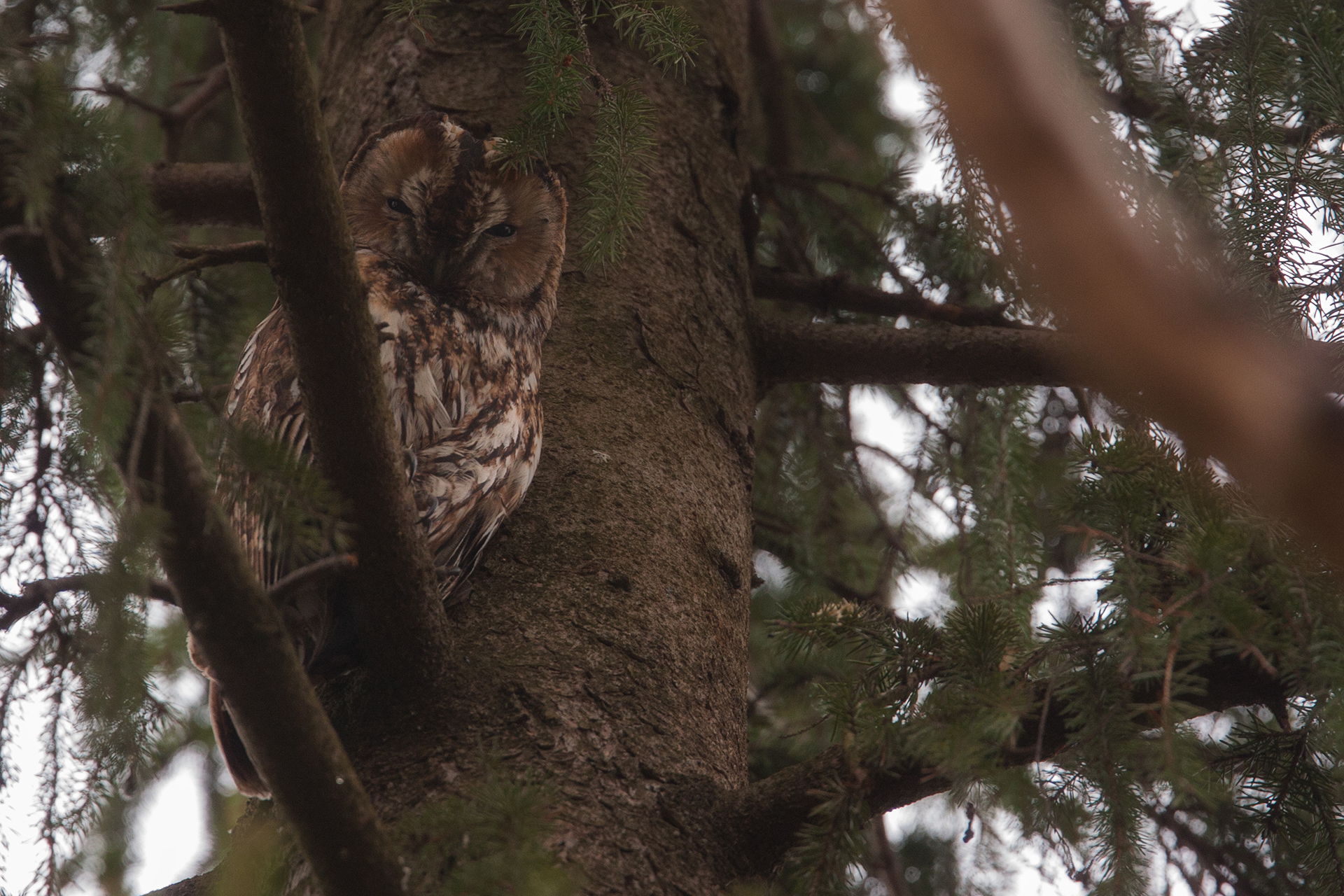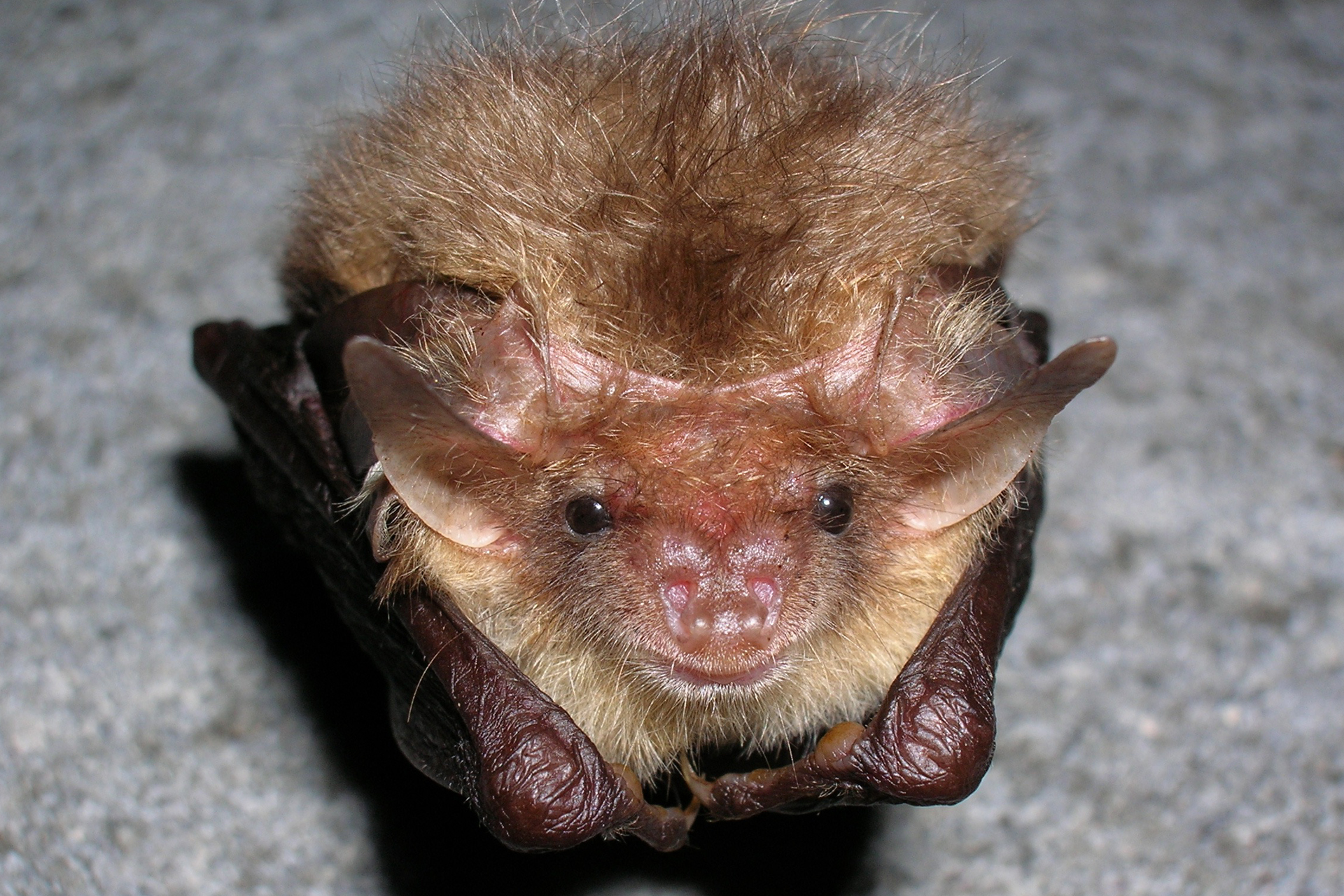Herb-rich forests are venues for annual spring singing competitions
In the spring, herb-rich forests are filled with loud bird concerts. Twittering, whistling, drumming and trilling fill the air as each male tries to stand out from the rest. Their songs have two objectives: to attract a female to mate with and to drive off any competing males from claimed territory. The most intense singing season only lasts a few weeks; as nesting commences, the singing dies down with the formed pairs focusing on caring for their young. The singing is soon replaced by the eager chirping of chicks.
The herb-rich forests of Ruissalo boast an exceptional abundance of birds: the island has as many as 1,000 nesting pairs per square kilometre, whereas the average number in the forests of south-west Finland is approximately 250. No other area in Finland is believed to boast such a dense concentration of nesting birds extending over such a wide area. In fact, Ruissalo has been named an Important Bird and Biodiversity Area (IBA) precisely because of its herb-rich forests. Actually spotting small birds is often difficult in lush herb-rich forests, but luckily they announce their presence quite clearly. In May, mornings in the forest are filled with the sounds of wood warblers, garden warblers, common whitethroats, Eurasian blackcaps and icterine warblers. When twilight falls, the stage is taken over by thrush nightingales.
